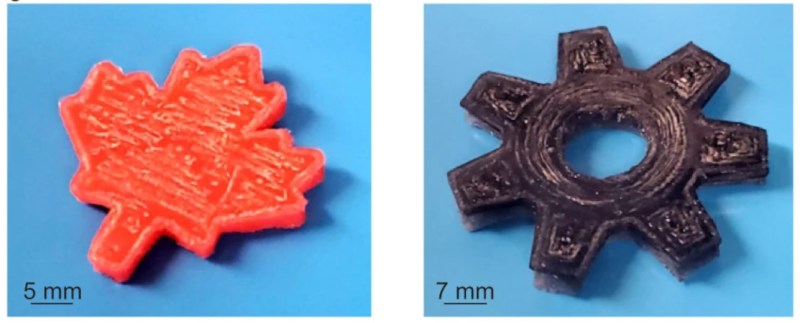
Canadian researchers at Concordia University want to change how you do 3D printing. Instead of using light or thermal mechanisms, they propose using ultrasound-activated sonochemical reactions. Sounds wild? You can see a video about it below, or read the paper in Nature.
The idea is that sound causes bubbles of cavitation. This requires a focused ultrasonic beam which means you can actually print through items that are transparent to ultrasonic energy. Wherever the cavitation bubbles form, liquid polymer turns solid.
As you might expect, the bubbles don’t make a nice clean edge, but we’ve seen conventional 3D prints that didn’t look any better. The idea that you might be able to print things inside of other things offers some interesting possibilities. In particular, it might be possible to inject a polymer into someone’s joints, and then 3D print structures inside their body with very little invasiveness.
We have to wonder if the ultrasonic energy could be moved around without moving the transducer the way a mirror can move a laser. On the other hand, the ultrasonic energy is relatively high, so maybe that’s not feasible. The transducers they are using, by the way, are commercially-available and used for medical purposes, so if you wanted to try this, it doesn’t seem like there is anything too exotic to deal with. Since they are for medical purposes, they probably aren’t cheap, but maybe something could be scrounged.
Usually sound isn’t something you want in your ordinary 3D printers unless you are playing music on them. We don’t know if the usual levitation transducer would work in this context, but you can always try.
3D Printing with Sound, Directly
Source: Manila Flash Report
0 Comments